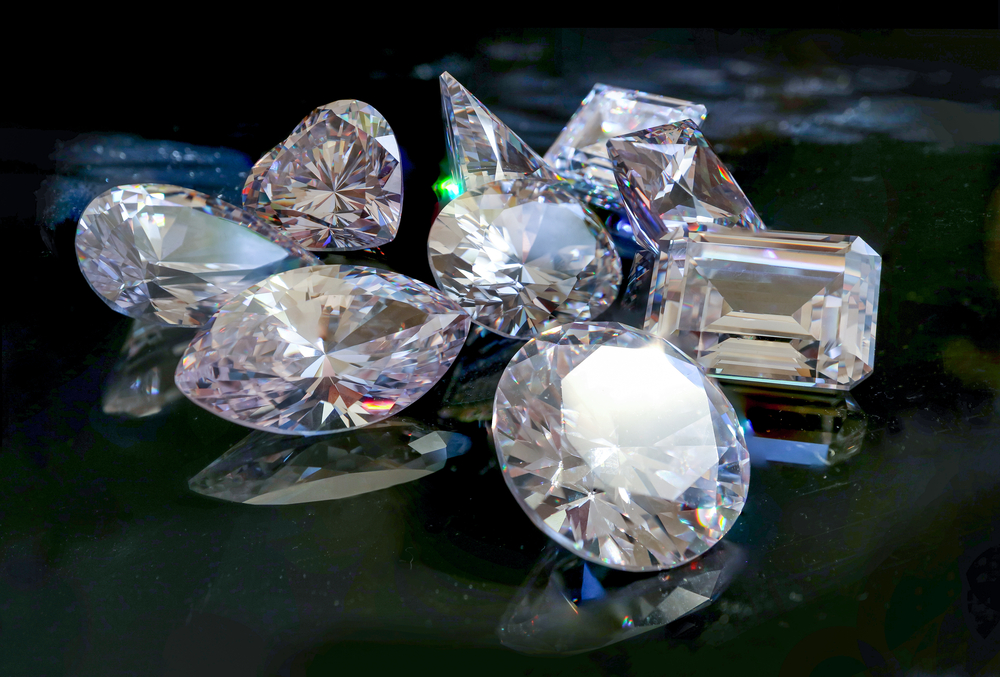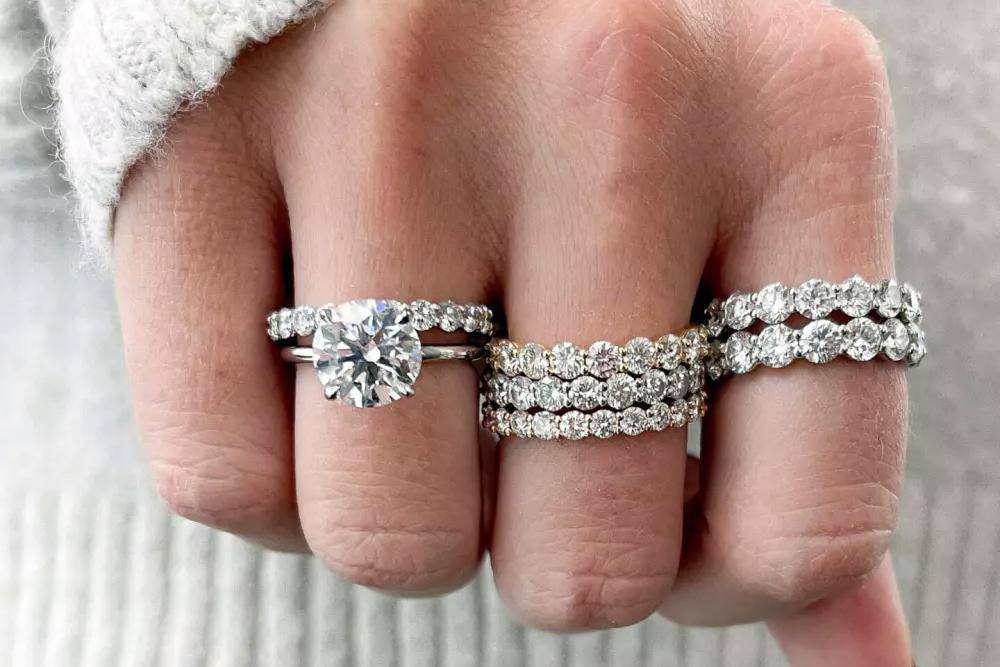Introduction
lab grown diamonds, also referred to as synthetic or cultured diamonds, have gained significant traction in recent yearsThese diamonds are produced using advanced technological processes that replicate the natural conditions under which diamonds form in the EarthWith their ethical sourcing, affordability, and environmental benefits, lab-grown diamonds are reshaping consumer perceptions of gemstones and revolutionizing the diamond industry.
Lab-Grown Diamonds
Lab-grown diamonds are chemically and physically identical to natural diamondsThey consist of carbon atoms arranged in a crystal structure, just like their mined counterpartsThe key difference lies in their origin: natural diamonds form over millions of years deep within the Earth’s mantle, while lab-grown diamonds are produced in controlled environments within a matter of weeks.
There are two primary methods for creating lab-grown diamondsThe first method is called High Pressure High Temperature (HPHT)This process simulates the intense heat and pressure conditions found in the Earth’s mantleA small diamond seed is placed in a chamber with carbon, which is then subjected to high temperatures and pressures, ultimately producing a larger diamond.
The second method is known as Chemical Vapor Deposition (CVD)In this process, a diamond seed is placed in a chamber filled with carbon-rich gasThe gas is heated, allowing the carbon atoms to deposit onto the seed and slowly form a diamond.
Advantages of Lab-Grown Diamonds
One of the most significant advantages of lab-grown diamonds is their ethical sourcingMined diamonds have long been associated with various human rights abuses and environmental degradationThe diamond mining industry has faced scrutiny over “blood diamonds” or “conflict diamonds,” which are mined in war zones and sold to finance armed conflictIn contrast, lab-grown diamonds provide a transparent and ethical alternative, created in controlled environments without the associated human and environmental costs.
Affordability is another appealing aspect of lab-grown diamondsThese diamonds are generally less expensive than natural diamondsSince they can be produced in a shorter timeframe and do not require extensive mining operations, lab-grown diamonds often cost 20-40% less than their natural counterpartsThis affordability allows consumers to purchase larger or higher-quality stones without overspending.
Additionally, lab-grown diamonds have a significantly lower environmental impact compared to their mined equivalentsThe environmental consequences of diamond mining can be severe, leading to habitat destruction, water pollution, and considerable carbon emissionsOn the other hand, lab-grown diamonds result in a much smaller environmental footprintAlthough energy is needed for the production process, advancements in technology and a shift toward renewable energy sources are helping to minimize this impact.
Another advantage of lab-grown diamonds is the level of customization they offerConsumers can often select the size, shape, and quality of the diamond according to their preferencesThis level of personalization is frequently limited with natural diamonds, where choices are constrained by what is available in the market.
Market Trends
The lab-grown diamond market has been experiencing rapid growth and transformationVarious industry reports indicate that the global market for lab-grown diamonds is projected to reach billions of dollars in the coming yearsAs consumer awareness and acceptance of these diamonds increase, more retailers are incorporating them into their offeringsHigh-profile jewelry brands and retailers have started marketing lab grown diamonds, emphasizing their ethical and sustainable qualities.
Conclusion
Lab-grown diamonds are set to redefine the jewelry market by offering a sustainable, ethical, and affordable alternative to traditional mined diamondsAs technology continues to advance and consumer preferences evolve, it is likely that lab-grown diamonds will become an increasingly popular choice for those seeking beauty and value in their gemstone purchasesWith their myriad benefits, lab-grown diamonds are not just a trend; they represent a significant shift in how we think about diamonds and their role in our lives.





